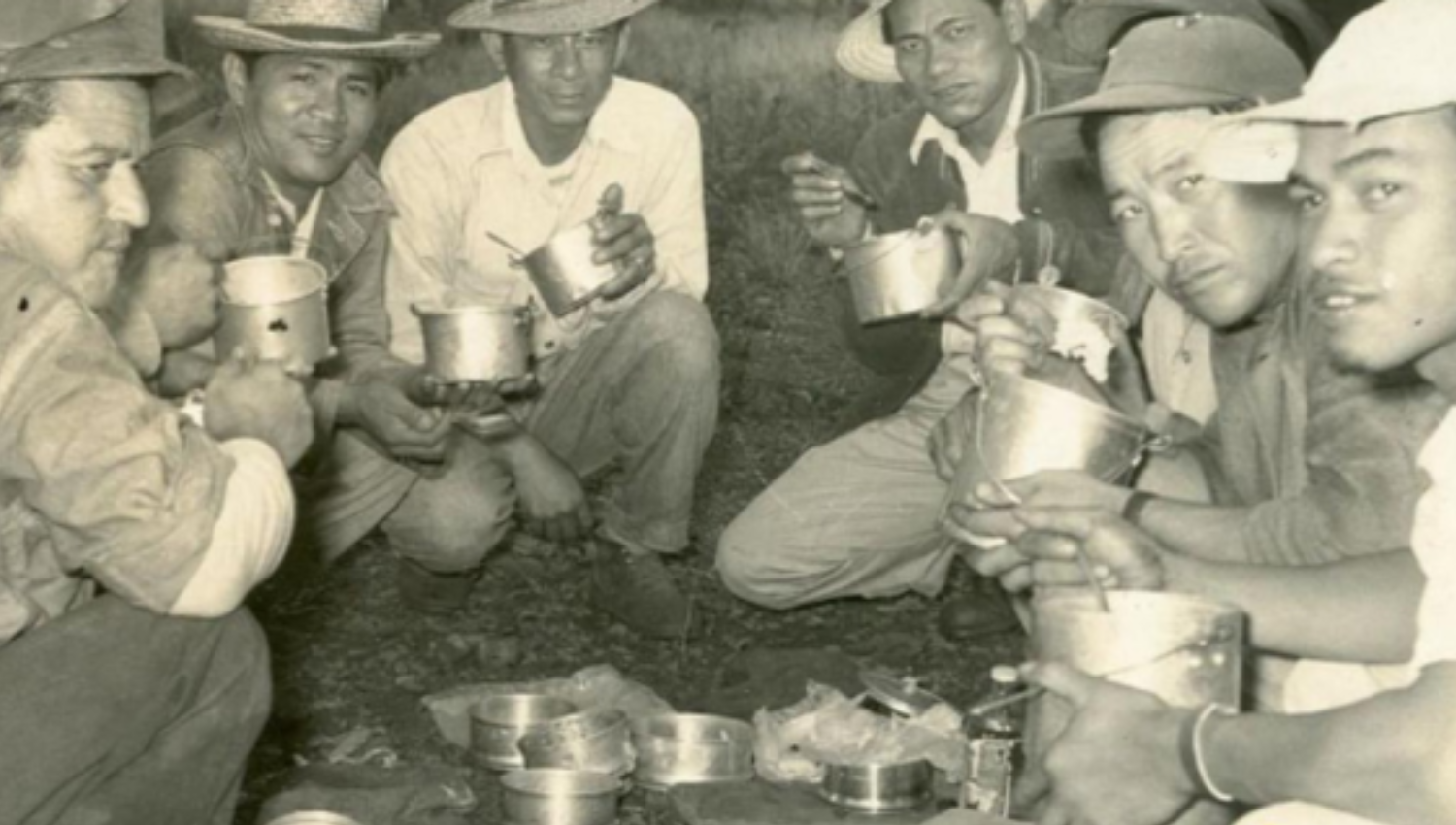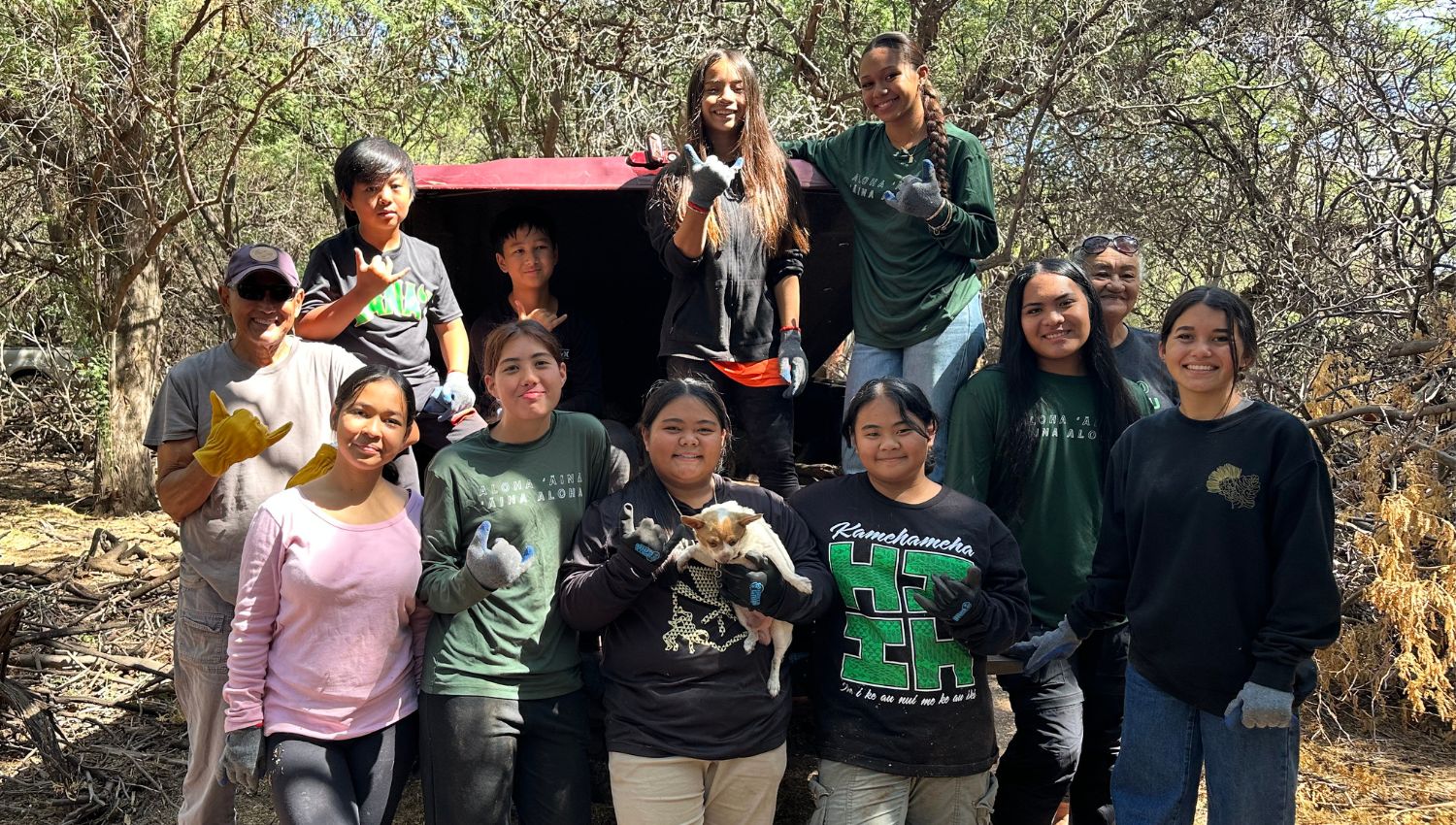Restoration of Kānepu‘u
March 2023 - On March 4, 2023, Kānepuʻu—Hawai‘i’s largest native dryland forest—received a boost through a community-led restoration effort. Lāna‘i Culture and Heritage Center volunteers teamed up to care for this vital ecosystem, planting 50 native species donated by Pūlama Lāna‘i. These included naio, keahi, and kōlea, selected to protect Kānepuʻu and enhance the site's self-guided walking trail.
For years, Kānepuʻu has been home to rare native species such as lama (Hawaiian ebony), olopua (olive), and nā‘ū (gardenia). However, invasive animals, aggressive weeds, and soil erosion continue to threaten this unique dryland forest. Restoration efforts like these play a critical role in preserving the area’s biodiversity and cultural significance.
According to the Hawai‘i State Department of Land & Natural Resources, dryland forests are the most endangered ecosystem in the islands. Only 2% of Hawai‘i’s original dryland forests remain. Yet these habitats support 40% of all native land species, including insects, snails, birds, and Hawai‘i’s native bat.
Community support and stewardship are essential to the continued protection of Kānepuʻu. With every planting and trail improvement, volunteers help ensure that future generations can experience the richness of this irreplaceable forest.
Dryland forests are the most endangered ecosystem in Hawai'i, according to the Hawai'i State Department of Land & Natural Resources. Only 2 percent of Hawai'i’s dryland forests remain. Yet these areas are home to 40 percent of all native land plants, insects, spiders, snails, birds, even Hawai'i’s native bat.
Get updates about our next exhibitions
We will process the personal data you have supplied in accordance with our privacy policy.




















